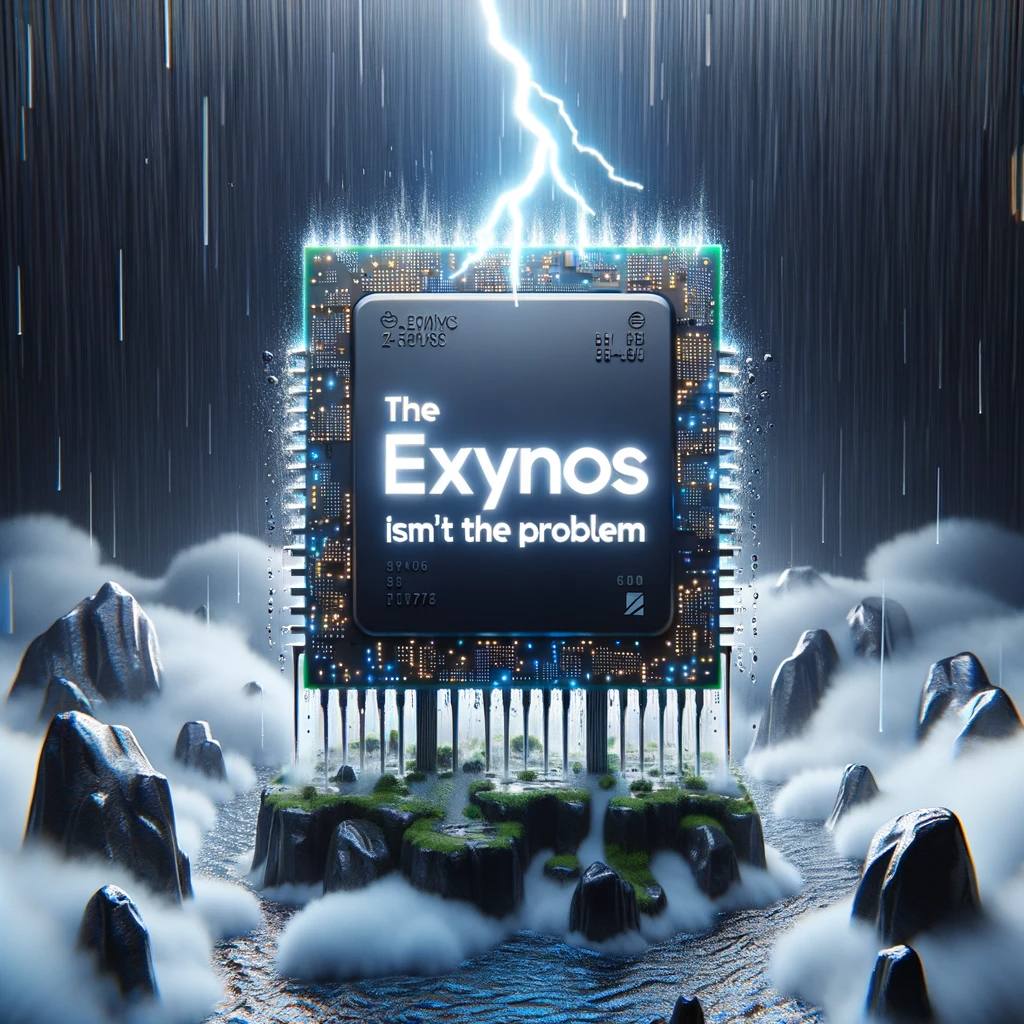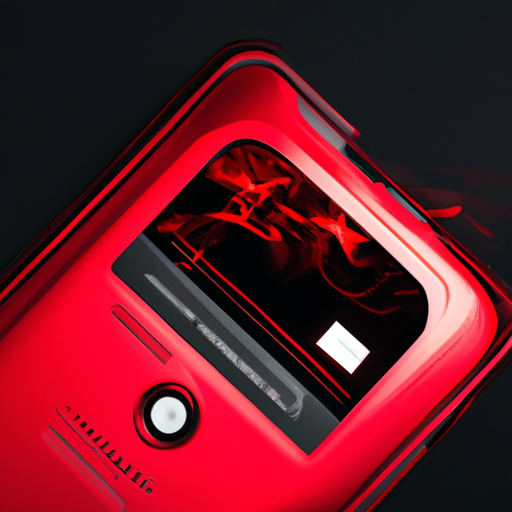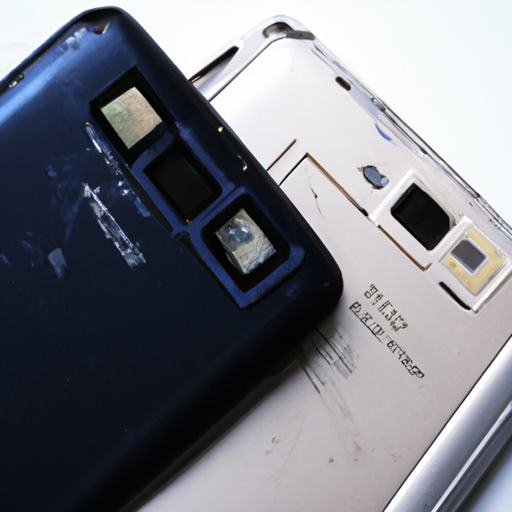In the highly anticipated battle of battery endurance, the iPhone 15 Pro Max goes head-to-head against its biggest competitor, the Samsung Galaxy S23 Ultra. With the iPhone boasting a new A17 Pro chip and a larger battery, it aims to maintain its top position in battery test rankings. However, the Galaxy S23 Ultra with its 4 nanom chip poses a strong challenge. To ensure a fair comparison, both phones were tested under the same conditions, with screens calibrated to 200 nits and speakers calibrated to the same decibel count. Additionally, the test was conducted within equal distance of a mini cell tower and in a temperature-controlled environment. Stay tuned as we dive into each test to see which phone comes out on top in this epic showdown.
Initial Battery Capacities
iPhone 15 Pro Max battery capacity
The iPhone 15 Pro Max is equipped with a battery capacity of 4,441 milliamp hours (mAh). While this represents a significant increase compared to the previous model, it is still smaller in comparison to the Galaxy S23 Ultra’s battery.
Galaxy S23 Ultra battery capacity
The Galaxy S23 Ultra boasts an impressive battery capacity of 5,000 mAh. This larger capacity gives it an advantage in terms of potential battery life.
Design Influence on Battery Life
Galaxy S23 Ultra’s thin earpiece vents
One design aspect of the Galaxy S23 Ultra that may impact its battery life is the presence of thin earpiece vents. The Galaxy devices often have thinner earpiece vents compared to iPhones. This may result in the Galaxy’s earpieces having to work harder to produce the same volume level as the iPhone, potentially contributing to increased power consumption.
iPhone 15 Pro Max’s construction features impacting battery life
The construction features of the iPhone 15 Pro Max could also have an influence on its battery life. While specific details are not provided, Apple’s focus on optimizing device components and overall efficiency suggests that the construction features of the iPhone 15 Pro Max may contribute to its battery performance.
Chips’ Efficiency
Assessment of iPhone’s A17 Pro chip based on a 3 NM process
The iPhone 15 Pro Max is powered by the A17 Pro chip, which is manufactured using a highly efficient 3 nanometer (NM) process. This chip is designed to deliver improved performance while minimizing power consumption, which can positively impact battery life.
Evaluation of Galaxy S23 Ultra’s 4 nanom chip
The Galaxy S23 Ultra, on the other hand, features a 4 nanometer (NM) chip. While it may not be as efficient as the iPhone’s A17 Pro chip in theory, the overall performance and power efficiency of the Galaxy’s chip should not be overlooked.
Impact of chip efficiency on battery performance
The efficiency of the chips used in smartphones plays a crucial role in determining battery performance. The better the chip’s efficiency, the more power it can save, resulting in longer battery life. Both the iPhone 15 Pro Max and the Galaxy S23 Ultra have their own chip technologies, and their respective efficiencies will have a direct impact on battery performance.
Initial Phone Call Test
Testing conditions
For the initial phone call test, both the iPhone 15 Pro Max and the Galaxy S23 Ultra were connected to the same Wi-Fi network and placed within equal distance of a mini cell tower. The screens of both devices were calibrated to 200 nits with auto-brightness turned off, ensuring a consistent testing environment.
Initial phone call results
After an hour-long phone call, the iPhone 15 Pro Max erroneously reported 100% battery remaining, which is technically impossible. In contrast, the Galaxy S23 Ultra provided a more accurate result, indicating 97% battery remaining. While the iPhone appeared to be ahead in terms of battery percentage, the actual battery consumption may differ, reflecting the need for more realistic assessment.
Assessment of iPhone’s battery indicator
The messaging test following the phone call would provide a more accurate evaluation of the iPhone’s battery life. The discrepancy between the iPhone’s battery indicator and the actual battery drain may be due to the iPhone’s attempt to reduce battery anxiety by not reporting the full battery usage. This suggests that the iPhone’s battery indicator should be interpreted cautiously when assessing battery performance.
Messaging Test
Battery drain during messaging test
During an hour of texting back and forth with automated chatbots, the iPhone 15 Pro Max experienced a battery drain of 6%, while the Galaxy S23 Ultra’s battery drained by 5%. This indicates a slight advantage for the iPhone in terms of battery efficiency during messaging activities.
Partial explanation for iPhone’s increased battery drain
It is worth noting that some of the additional drain on the iPhone’s battery during this test may be attributed to the previous phone call test, as the iPhone’s battery indicator did not accurately report the full usage. This highlights the need for a comprehensive evaluation of battery performance, considering various test scenarios.
Email and Browser Tests
Testing conditions
In the email and browser tests, both devices were subjected to CPU-intensive activities. The same set of websites were cycled through, with each web page loaded to assess the impact on battery life.
Results during email and browser activities
After an hour of email and browser activities, the Galaxy S23 Ultra demonstrated better performance by achieving two points better than the iPhone 15 Pro Max. This outcome is somewhat surprising, considering the iPhone’s A17 Pro chip, manufactured using a 3 NM process, which theoretically should have provided an advantage.
Discussion of CPU-intensive tests influencing battery life
The email and browser tests, being CPU-intensive, put a significant load on the devices’ chipsets, affecting power consumption and battery life. The outcome of these tests suggests that there may be other factors beyond chip efficiency that influence battery performance, such as software optimization and overall device design.
Instagram and Standby Battery Performance
Performance of iPhone and Galaxy S23 Ultra during Instagram use
Both the iPhone 15 Pro Max and the Galaxy S23 Ultra performed equally in Instagram usage. This indicates that social media activity does not significantly differentiate the battery performance between the two devices.
Comparison of individual phone’s standby performance
Standby performance is an important aspect of overall battery life. In the past, the iPhone has excelled in this area, but Android phones like the Galaxy have caught up. Factors such as software optimizations and battery capacity can contribute to improved standby performance. In the particular battery test, the Galaxy S23 Ultra surpassed the iPhone 15 Pro Max for the first time, showcasing a notable improvement.
YouTube, Gaming, and Maps Tests
Conditions and results of YouTube tests
Both devices underwent YouTube tests where screen brightness and speaker levels were calibrated to ensure fair testing conditions. The iPhone 15 Pro Max was able to slightly reduce the Galaxy’s lead by performing one point better, although the difference was marginal.
Simulation for gaming and Maps tests
In gaming tests, both phones actively played alto’s Adventure, ensuring real-world usage by tapping on the screen every 3 seconds. The Galaxy S23 Ultra not only maintained its lead but also increased it to its highest deviation, claiming a four-point advantage. Similarly, in Maps tests, where navigation, GPS, and real-time traffic information were simulated, both devices performed identically.
Alterations in lead during active gaming
The gaming test showcased the Galaxy S23 Ultra’s dominance in terms of battery performance, with its larger battery capacity likely playing a role. While the iPhone 15 Pro Max did not offer superior performance, it also did not perform worse, aligning with Apple’s claims.
Spotify Performance and Impact on Battery
Spotify test conditions
The Spotify test involved both devices playing music, with the speaker levels calibrated to ensure fairness. While the Galaxy’s larger battery may suggest an advantage, other factors such as hardware optimization should be considered.
Discussion of iPhone’s recurrent advantage in this scenario
Over the years, it has been observed that iPhones, including the iPhone 15 Pro Max, tend to perform better in Spotify tests compared to their competitors. This can be attributed to hardware optimizations and potential differences in earpiece vents. Thinner earpiece vents on Galaxy devices may necessitate more effort to achieve the same volume level, potentially impacting power consumption.
Conclusion: iPhone 15 Pro Max vs. Galaxy S23 Ultra Battery Test Results
Summary of final battery test results
Throughout the comprehensive battery test, the iPhone 15 Pro Max and Galaxy S23 Ultra exhibited various strengths and weaknesses. The iPhone’s A17 Pro chip, efficient 3 NM process, and certain optimizations contributed to its competitive performance. However, the larger battery capacity of the Galaxy S23 Ultra provided an advantage in certain scenarios.
Discussion of overall battery performances
Overall, both devices performed admirably in the battery test, with each showcasing its own capabilities. The iPhone 15 Pro Max’s performance matched its predecessor, maintaining its commendable battery life. On the other hand, the Galaxy S23 Ultra exhibited improvements in standby time and gaming performance.
Final thoughts and implications of the test results
The battery test results highlight the importance of considering various factors, including chip efficiency, construction features, software optimization, and battery capacity. While the iPhone 15 Pro Max demonstrated its prowess with its A17 Pro chip and impressive optimization, the Galaxy S23 Ultra’s larger battery capacity allowed for competitive performance. Ultimately, individual users should consider their specific usage patterns and prioritize the factors that matter most to them when selecting a smartphone.










